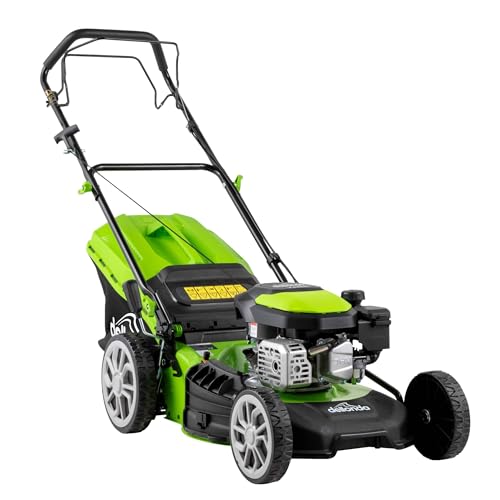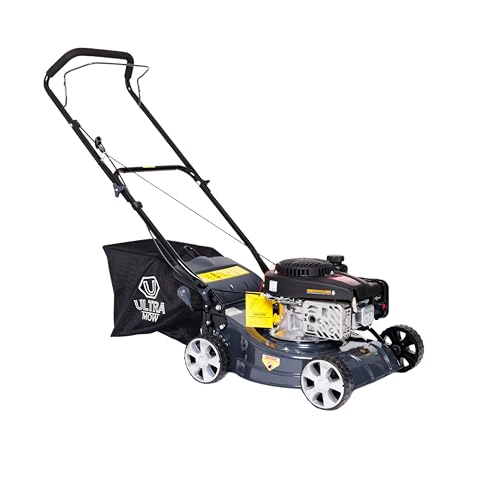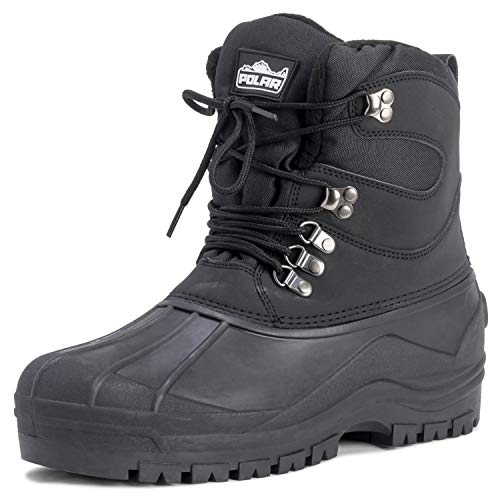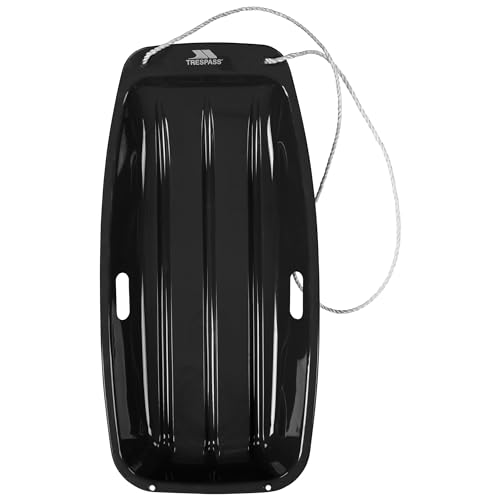Understanding Self-Propelled Petrol Lawn Mowers: What Makes Them Unique
What is a Self-Propelled Petrol Lawn Mower?
Self-propelled petrol lawn mowers are designed to take the hard work out of mowing your lawn. Unlike push mowers, these machines move forward on their own, allowing you to guide them instead of pushing them. This feature is particularly beneficial for larger gardens where maneuverability and effort reduction are important. The petrol engine provides the power needed for efficient cutting and can handle tougher grass compared to electric alternatives.
Benefits of Going Self-Propelled
Using a self-propelled mower means less physical strain on your body. Imagine not having to push a heavy mower across your sloped yard or thick grass. Instead, the mower moves forward with a simple pull of a lever, making the task much easier, especially if you have a larger area to maintain. Additionally, many self-propelled models offer variable speed settings, allowing you to adjust the pace according to your comfort level.
Key Features to Look for in Your Lawn Mower: A Quick Guide
Engine Power and Efficiency
When choosing a lawn mower, consider the strength of the engine, typically measured in cc (cubic centimeters). For most residential lawns, a mower with an engine between 140cc to 190cc provides a good balance of power and efficiency. This allows you to tackle regular grass, as well as tougher patches without stalling.
Cutting Width and Height Adjustment
The cutting width impacts how fast you can mow your lawn. For smaller gardens, a 40cm cutting width may suffice, but if you have a larger area, consider models that are 50cm or more. Also, look for height adjustment settings. This feature will enable you to choose the grass length you prefer, making it easy to achieve that perfect finish.
Durability and Build Quality
Consider the materials used in the mower’s construction. Steel decks are generally more robust and can handle rough use compared to plastic. Check for a solid frame and quality wheels designed for good traction on various terrains. A durable build will ensure your mower withstands the test of time.
Comparing Top Models: Which Self-Propelled Petrol Lawn Mower is Right for You?
Brand A vs. Brand B
As we compare different brands of self-propelled petrol mowers, it’s essential to look at specific models. Brand A might offer a powerful 170cc engine with a wider cutting width, making it ideal for larger lawns. Brand B, however, could provide better manoeuvrability with its superior wheel design, making it easier to navigate around obstacles like flower beds and garden furniture. Ultimately, your choice should depend on the size of your lawn and your specific mowing needs.
User Experience and Reviews
Take time to read user reviews of the models you’re considering. Many users will provide insight into the ease of use, maintenance, and reliability of the mower after years of use. User experiences can highlight features you may not have considered, such as fuel efficiency, noise levels, and comfort during prolonged use.
Maintenance Tips for Longevity: Keeping Your Mower in Peak Condition
Regular Cleaning and Care
Keeping your mower clean is essential for its performance. After each use, make sure to remove any grass clippings or debris from under the deck. Investing in a good quality blade sharpener will help ensure your cuts are clean and efficient.
Check Fluids and Parts Regularly
Make it a habit to check the oil levels regularly and replace them as recommended by the manufacturer. Also, inspect air filters and spark plugs; replacing these parts can enhance the performance of your mower significantly. A well-maintained mower will not only perform better but will last longer.
Final Thoughts: Making Your Purchase Decision Easier
Assess Your Lawn Care Needs
Before purchasing a self-propelled petrol lawn mower, assess your lawn care needs. Factor in the size and type of your lawn, the terrain, and how often you mow. This will help you decide on the engine size, cutting width, and additional features that may benefit you.
Budget Considerations
Set a budget that considers both initial costs and potential ongoing maintenance expenses, such as fuel consumption and spare parts. A well-chosen mower might represent a higher initial investment but could save you money in maintenance and fuel efficiency over the years.


























